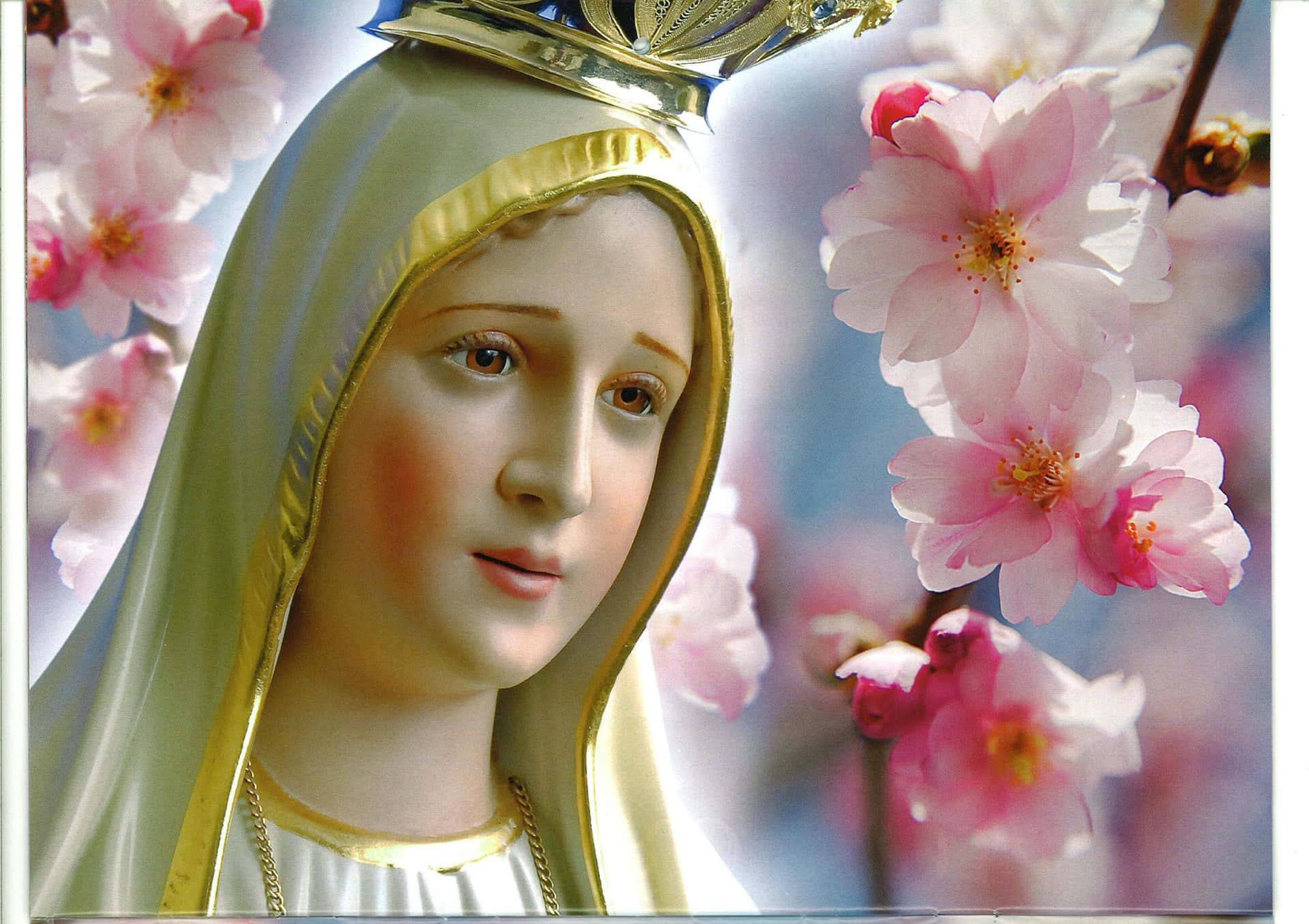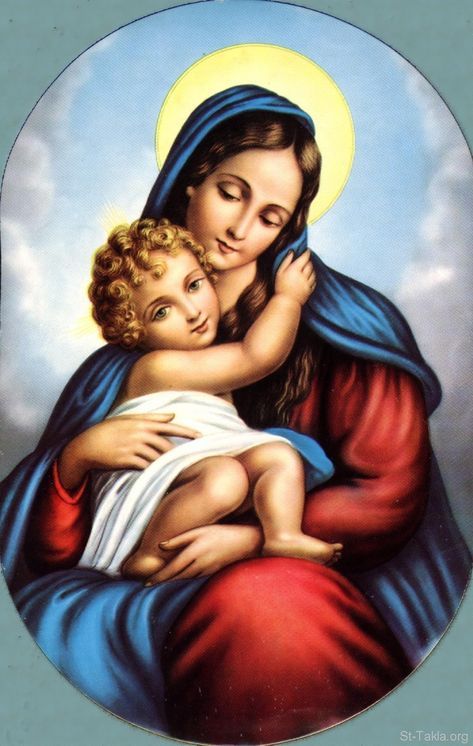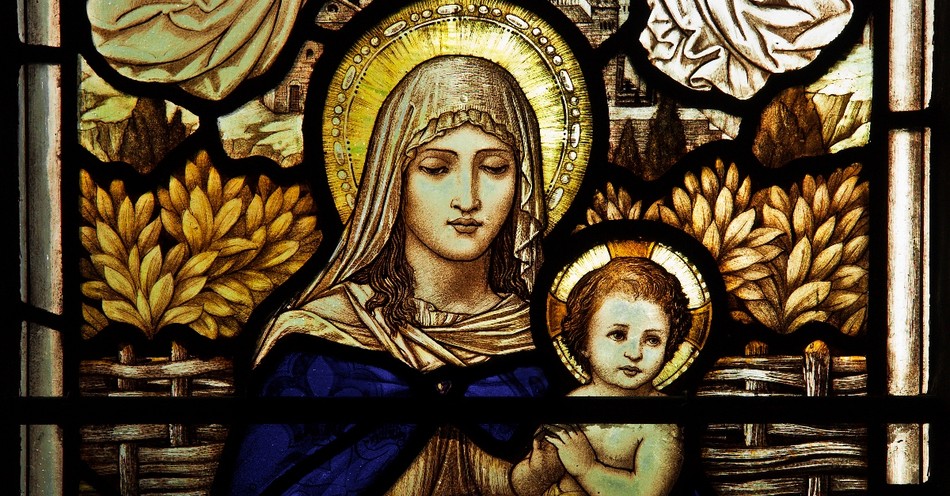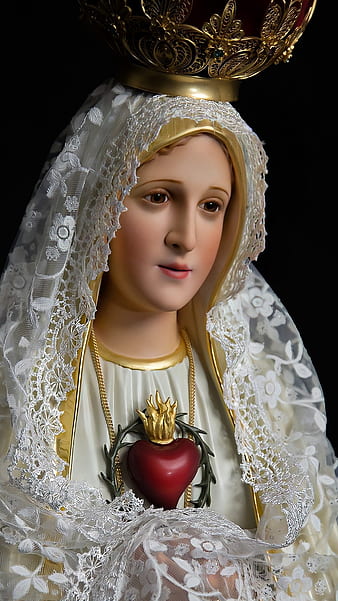Mary's Elevated Role within Catholic Theology: A Marian Christological Analysis
Introduction
Within the Roman Catholic Church, the Virgin Mary holds a position of unparalleled reverence. This article examines the multifaceted theological underpinnings of Mary's elevated status, specifically focusing on the concept of her queenship, exploring its scriptural basis, doctrinal development, and its implications for Catholic spirituality. Key concepts to be addressed include Marian doctrines (such as the Immaculate Conception, Perpetual Virginity, and the Assumption), Christology (the study of Jesus Christ), and the role of intercessory prayer within the Catholic faith. These concepts will be analyzed using established theological frameworks and contextualized within the historical development of Catholic doctrine and Marian piety.
1. Mary: Theotokos and the Incarnation
The title "Theotokos," meaning "God-bearer," bestowed upon Mary at the Council of Ephesus (431 CE), is foundational to understanding her unique role. This title directly affirms the divinity of Jesus Christ, recognizing Mary as the mother of the incarnate Son of God. This christological affirmation underscores Mary's pivotal position in the divine economy of salvation. The council's decision illustrates the importance of applying conciliar pronouncements to clarify and solidify theological understandings, emphasizing the dynamic interplay between scriptural interpretation and reasoned theological discourse within the Church.
2. Perpetual Virginity: Purity and the Vessel of Grace
The doctrine of Mary's perpetual virginity, while not explicitly stated in all biblical texts, is a long-held belief in the Catholic tradition. This belief emphasizes her purity and holiness, representing her as the uniquely chosen vessel through which God entered the world. This concept demonstrates the application of tradition and theological interpretation to build upon scriptural accounts, showcasing how the Church has developed its understanding of Marian theology over centuries. Interpretations vary on how exactly Matthew 1:25 is understood and applied to this specific belief.
3. Mary as the New Eve: A Reversal of the Fall
The comparison between Mary and Eve provides a powerful theological lens for understanding Mary’s role. While Eve's disobedience initiated humanity's fall from grace, Mary's obedience through her fiat ("Let it be") at the Annunciation reversed this trajectory, bringing forth salvation through her Son. This interpretation applies the concept of typology, a method of interpreting scripture that finds parallels between Old Testament figures and events and their New Testament counterparts. This typological approach emphasizes the redemptive work of Jesus Christ, with Mary playing a crucial mediating role.
4. The Assumption: Bodily Glorification and Queenship
The dogma of the Assumption, proclaimed by Pope Pius XII in 1950, asserts Mary's bodily ascension into heaven. This doctrine, rooted in early Christian tradition and consistent with the belief in the resurrection of Christ, elevates Mary to a position of unique glory and foreshadows the ultimate destiny of all believers. This demonstrates how theological reflection, informed by tradition and scripture, leads to the development of new doctrines that further articulate and clarify the Church's understanding of faith. The declaration showcases the application of papal authority in clarifying and defining theological concepts, thereby establishing consistent doctrine across the Church.
5. Queenship: Intercession and Mediation
The title "Queen of Heaven and Earth" signifies Mary's exalted position and her role as intercessor for humanity. This concept builds on the understanding of Mary’s role in the economy of salvation. The idea of a queen interceding for her people draws parallels with earthly monarchies, illustrating a relatable analogy for Mary's role as advocate before her Son. This analogy, while providing a tangible framework, does not diminish the transcendent nature of Mary's queenship, demonstrating a creative theological approach to communicating complex theological truths.
6. Marian Devotion and the Saints: A Legacy of Piety
The deep devotion to Mary expressed by countless saints throughout Church history underscores the profound impact of her role within the spiritual lives of believers. These expressions of piety demonstrate the lived experience of Marian devotion, providing practical examples of the belief’s influence on personal faith. Analyzing the writings and actions of the saints demonstrates a significant sociological and anthropological lens through which to understand the development and impact of Marian theology within the context of religious practice.
7. Mary as Spiritual Mother: A Maternal Bond
Jesus' entrustment of Mary to John at the crucifixion ("Woman, behold your son!… Behold your mother!") suggests a spiritual motherhood that extends to all believers. This maternal role connects believers to Mary, fostering a profound spiritual connection. This shows the application of biblical interpretation and theological reflection to establish the role of spiritual motherhood within the Catholic faith, further deepening the understanding of Mary’s role in the life of the believer.
8. Intercessory Power: The Wedding at Cana and Beyond
The miracle at Cana, where Mary intercedes with Jesus, exemplifies her intercessory role. Her actions serve as a model for the faithful, illustrating the power of prayer and the importance of seeking Mary's intercession. The application of this scriptural event highlights the importance of utilizing events and imagery within scripture to illustrate and underscore theological concepts, connecting abstract theological ideas to concrete examples.
Conclusion and Recommendations
The belief in Mary's elevated role within Catholic theology is deeply rooted in scripture, tradition, and reasoned theological reflection. This analysis has demonstrated how various theological concepts and interpretative methodologies are used to understand her position as Queen of All Creation. Further research could explore the diverse expressions of Marian devotion across different cultural contexts, examining how the concept of Mary's queenship has been adapted and understood in various parts of the world. A comparative theological study exploring variations in Marian theology across different Christian denominations could provide a further insight into the unique perspectives on Mary’s role within the Catholic tradition. This study also suggests that a focus on the intercessory role of Mary may be a significant area of exploration, analyzing its efficacy, psychological impact, and its theological implications within the context of prayer and faith. The understanding and application of these concepts requires sensitivity and careful consideration, balancing theological accuracy with pastoral sensitivity.
Reader Pool:
Considering the multifaceted aspects of Mary's role explored in this article, how might a deeper understanding of Marian theology inform and enrich contemporary Catholic spirituality and practice?






